John Ross
Answering services, call centers and contact centers: What’s the difference? Hint: If you use social media, you need a contact center! Traditional answering services have been used for taking after hour messages. They are designed to keep callers minimally served. Some old school medical practices use them to vet calls, passing on only the most urgent messages in real time. Very few of these agents are professionally trained. Answering services sprung up organically to meet minimum necessary standards of clients who felt obligated to keep 24/7 schedules. They can pass over callers over to helpful IVRs and other premade response options, but have a limited number of options beyond simple messaging.
Call centers came into being as a purpose-driven service. Call center agents received training and professionalized the answering services. Inbound call centers offered large businesses a way to provide more personalized care for their products and services. Many will remember when the Late Night comedian, Dave Letterman, would make his annual call to the Butterball® Turkey Talk-Line®. It was a humorous to hear how sincerely the Butterball® representatives answered his loaded, juvenile questions. The point being that the Butterball® company cared enough about its product enough to set up lines every November and December to help their customers cook a perfectly, moist tender turkey. By the way that simple call center Butterball® started in 1981 with 6 home economists has become a holiday institution with more than 50 full time operators that answer over 100,00 questions between Thanksgiving and Christmas.
By the same token, the outbound call center for marketing purposes has become one of the least liked institutions in America. These call centers make cold calls and fast talk their way into your dinnertime. In the late 90s, their intrusive behavior led to states’ Attorneys General across America and the FCC to regulate the times they can call, and whether or not they even can call you without your permission. That is the deal with call centers: the good and the bad.
As for services, call centers do messaging-taking and live transfers to supervisors when the call gets escalated beyond the restrictive script call agents are instructed to follow. The agents are trained to process calls efficiently, so how quickly they can close the call matters much more than any desire to satisfy the caller. They can take inbound call messages, transfer calls and they can make outbound calls. They are more agile and versatile than most answering services, but are not encouraged to stray beyond their script.
Contact centers are built precisely to increase customer satisfaction. Their agents are the most trained in the industry. Unlike call center agents, contact center agents use minimal scripts to capture relevant contact information, and then they quickly move to resolve the caller’s issue. They also handle all types of communications including texts, chats, emails and calls. The popularization of technology such as instant chat from websites and cell phone texts led to the creation of the contact center. Results of the calls are speedily delivered to the clients when they receive an action item: for example, when a dentist has a new patient appointment scheduled by a contact center agent for the following day, the agent sends a text message and email, or even a fax the minute the appointment is made. When you are shopping online at 2:00 AM and a chat box pops up on your screen, you are talking to a contact center agent; and the chat industry is just beginning to warm up. Contact centers do it all, and do it well. Ironically, as contact centers give better customer service, the callers tend to receive more satisfying results quicker than either answering services or call centers can provide.
John Ross









